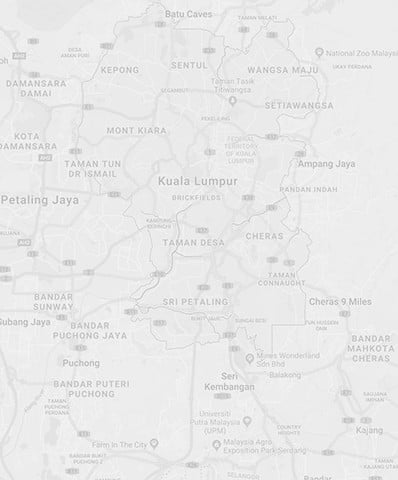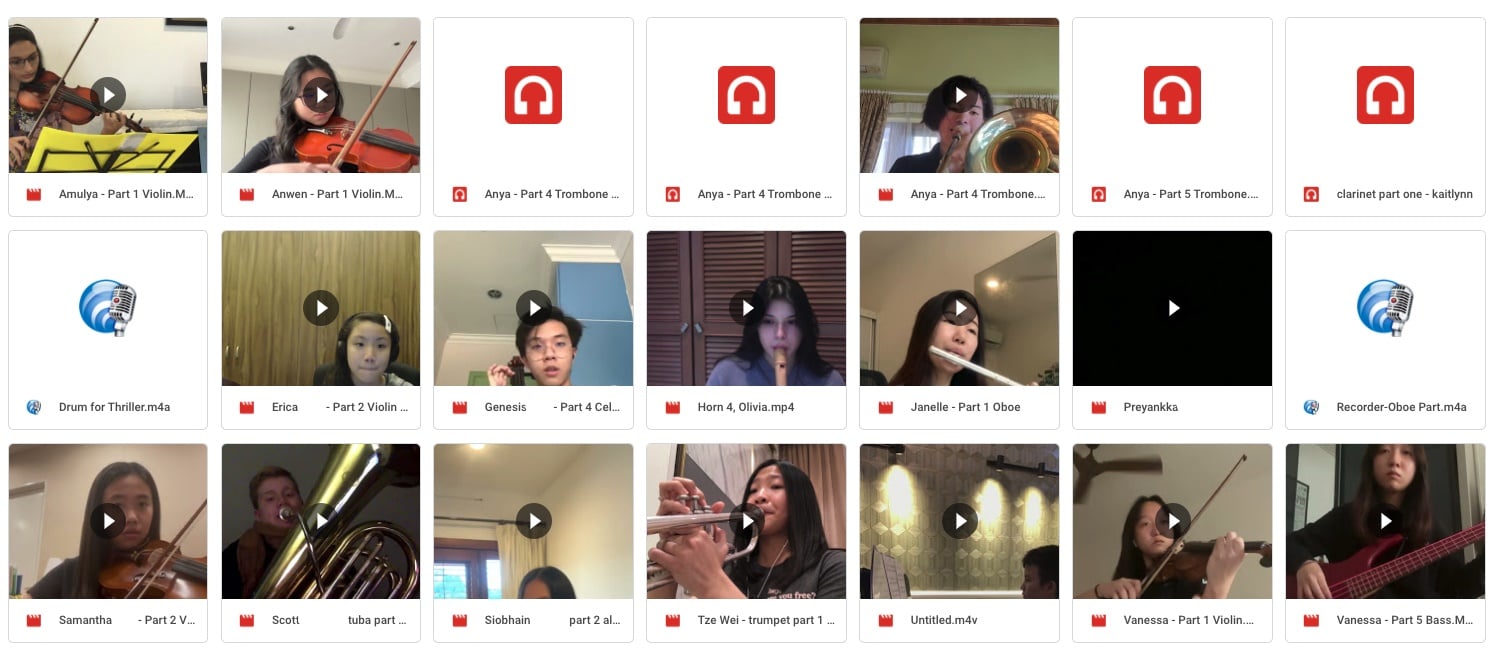Perhaps you have been wondering what musicians have been doing around the world in this time of perpetual lockdown? Well, the industry has simply adapted and session musicians are now working remotely on projects and recordings. Multi-million dollar studio complexes have given way to project studios. Significant improvements in computers, software, virtual instruments and effects means that anyone can create professional quality tracks at home. All you really need is a computer and an audio interface - the rest is down to your creativity! Will Payne, Head of Music at the Secondary Campus tells us more.
(Editor's note: Make sure you check out the amazing performances at the end of this article!)
"The last 12 months have been a real challenge for us musicians, but one that we have stepped up to. Whilst cooped up in our homes, we have been busy rehearsing and recording music. So, how does this process work? There is a surprisingly long chain of events that I am going to share with you.
Step 1 - The launch
It all starts with a launch! A marketing drive through classrooms to rally support and get instructions out, including where to place the mic, how to minimise background noise, how to record to the click or backing track, what note to tune to, how to record the video and of course, what to wear! This is before the music has even been touched!
Step 2 - Rehearse and Record
Next steps are all down to the students (with a little bit of chasing and gentle encouragement from our fantastic music prefect team) to practice their parts and prepare to record. This typically takes a month or so. When the deadline looms and the shared folder has 2/50 recordings there is an anxious moment. Did the message get out?! And then, as if by magic, on the day of the deadline the folder is filling up. Phew! Then, it is all hands on deck. The hunt begins and the stragglers are rounded up and their recordings are ‘extracted’.
Step 3 - Converting audio and video
Now the fun begins! All of the audio and video is realigned and converted into the same format. There are recordings from iPads, mum’s phone, computers and any other device. Some are upside down, back to front, even headless. Some, would you believe it, have no sound!
Step 4 - Mixing and Mastering
It is now the complex process of mixing and mastering the music. All audio is imported into a software for combining and balancing. We use Logic Pro for this, as it has many great tools for syncing and editing audio. First we have to sync the start point for all files. If...and this is a big if...the student has stayed in time with the click track, then this job is done. But, as you may know, staying in time with a metronome is pretty hard, especially, with no other players around you. So, in most cases, each musical phrase will need to be cut and repositioned so that they line up better. A fraction of a second makes all the difference!
Have you ever wondered why recordings sound so amazing, and often somewhat different to live performances? Well, there is a lot of work done behind the scenes by the sound engineer, ‘tidying up’ the timing and correcting the tuning. Here is an example of a typical edit on a backing vocal. Quite literally, each word has been cut and synced and lined up with a grid, to ensure perfect timing! No doubt, each note has been tuned also. Well, it sounds great now! Whilst we do make minor adjustments to the timing if there are major issues in the recordings, we do not correct the tuning, as this really is cheating! To be honest, it also starts to sound a little unreal!
All tracks are then levelled in volume and corrective EQ applied to remove any unwanted sound - such as a traffic noise, breathing(!), pops, clicks, air conditioning and of course, siblings screaming in the background! Tonal EQ is then applied to shape the sound and to carve out a space for each instrument in the audio spectrum.
Step 5 - Creating a real space
Once we have cleaned up the audio, it is now time to place the musicians in a room. As you will probably realise, each track has been recorded from the front, probably close up. Therefore if we combine all the audio as it is, it would sound like everyone is sitting in the same seat and the audio is coming from one position. Not a great sound, I can assure you! So, we use stereo panning, to place the students in the stereo field, either to the right or left, by varying degrees. They still do not sound like they are in the same room, so we now have to apply varying amounts of reverb to ‘place them in a virtual space’ and then add differing amounts to move students further back in the mix. We now have 3D sound, which is what our ears are used to hearing! That’s about it for the audio. A couple of effects are added to the end of the audio chain to alter the overall tonal balance and bring the overall level up (volume).
Step 6 - Syncing to Video
Video editing can be done on lots of programmes. I used iMovie to edit the video for the Chamber Group. However, it only allows 2 videos to be played simultaneously, and therefore it was very difficult to cut small excerpts of film and sync them in the timeline. This process took ages! Generally speaking though, if all videos can be displayed as a large split screen, then it is just a case of syncing the start points. Once done, any titles and transitions are added, and then the audio is synced with the picture. Last step is to export the audio to the video and hey presto, the task is done!
So, if you are still reading this...the next time you watch or listen to a piece of music, you will fully appreciate the work behind the scenes in producing 2 minutes of music, which is actually incredibly time consuming and hugely challenging. However, we did it! And we did quite a few times! We are also really proud of the hard work that our students and staff have continued to put in over this strange and uncertain time.
Performances
Please take the time to have a listen to our Chamber Group performing the Allegro from Handel’s Fireworks (above) or our collaborative Thriller Project, edited by Marcus, our music prefect (below) or a recording of a Disney medley by our Year 9 wind band elective - remarkably, all parts were recorded by the 3 students; Joshua, Zaylee and Kaitlynn, in the short time we were at school. You can also hear our Brass Group playing the Allegretto from Beethoven's 7th Symphony and lastly you may wish to check out the FOBISIA Voices project, which included a number of our vocal students.
A big thank you to all our music teachers, staff and of course, all of our student musicians and prefects.


